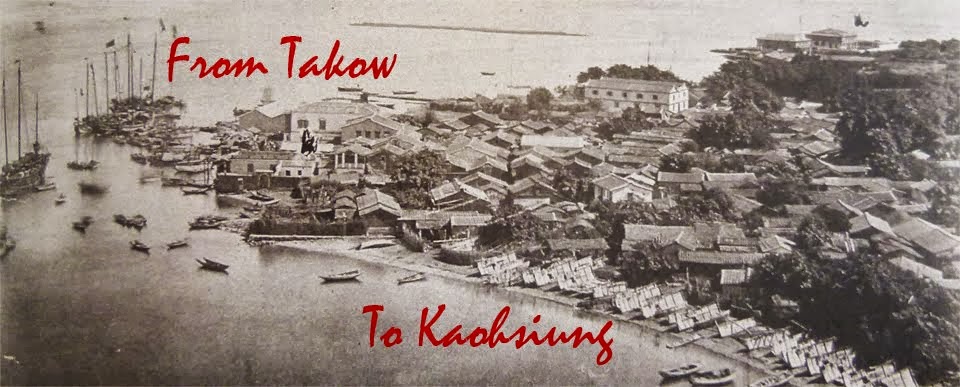subtitle
-- Working draft for upcoming book by Mark Caltonhill, author of "Private Prayers and Public Parades - Exploring the religious life of Taipei" and other works.
Thursday 3 February 2022
Chenggong (成功) Township, Taitung County
Chenggong (成功; lit. "Success") was formerly known by the Amis (阿美) aboriginal name Madawdaw (CIP) (or perhaps Maurauran), which was transliterated using such characters as (蔴荖漏; Hoklo Moa-lau-lau). Tsai et al. suggest Madawdaw may have meant (乾燥; "to dry"; [MC: if so, then perhaps in relation to the fish caught in abundance here and sun-dried???]).
This was renamed 新港 (Jpn.Shinkō; Mdn. Xingang; lit. "New Harbor") in 1920 during the Period of Japanese Rule, [MC: perhaps because 蔴荖漏, meaning something like "Hemp Betel-leaf Leakage", was considered inelegant, perhaps because Japanese language didn't use the character 荖, or perhaps just to shorten the township's name to the new standard of two characters].
But, since Taiwan already had several places named 新港 (e.g. Xingang in Chiayi County and, formerly Xingang (previously Sinckan, now Xinshi in Tainan), it was renamed following retrocession to ROC rule as Chenggong.
English-language Wikipedia suggests that this commemorates Koxinga (a.k.a. 鄭成功 Zheng Cheng-gong) who expelled the Dutch from Taiwan and established the Tongning Kingdom, [MC: but this is unlikely: the KMT-led postwar ROC government didn't make a habit of celebrating Koxinga].
More probable it was simply used to encourage "Success" or, as Chinese-language Wikipedia argues, it may derive from the natural harbor of 成廣澳 (Mdn. Cheng-guang-ao; lit. "Become Broad Bay"), which is located slightly to the north of today's township center and was largely surplanted when the "New Harbor" was built. 新港, 成廣 and 成功 are similarly pronounced after all, especially in Hoklo Taiwanese.
Copyright Jiyue Publications 2022
Subscribe to:
Post Comments (Atom)

No comments:
Post a Comment